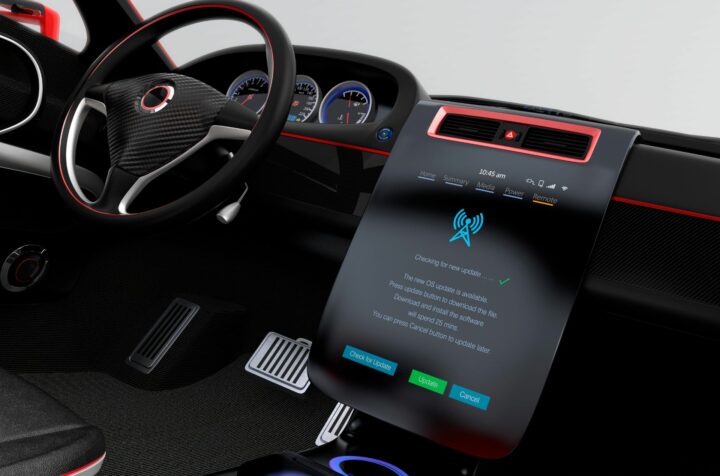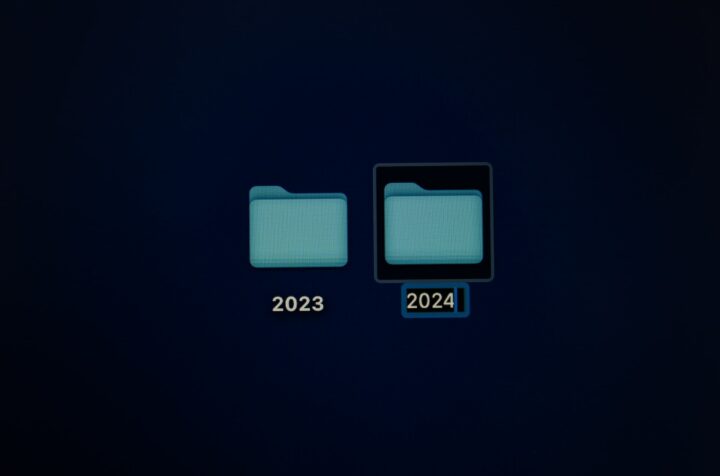These nine words by Laloux pretty much sum up what Testbirds stands for and how we work. On the one hand, of course, our service: crowdtesting can only work through the collective power of the Crowd. However, in this blog article we want to focus on the internal processes at Testbirds, because we have also built our organizational structure in accordance with these nine words. At Testbirds the decision-making power is distributed outside of hierarchies – namely to the employees who are most affected by a decision and to those who have the most knowledge about the topic in question. We know that this group of people is smarter than a single manager. This is how self-organization works, this is how we are agile.
Kathrin Doering, VP HR at Testbirds, wrote a chapter on this exact topic for the book “Agilität in Unternehmen”, which has recently been published by Springer Verlag. It deals with the complexity of decision-making situations, the advantages of self-organization structures and decision-making principles and processes in agile organizations. How we make decisions at Testbirds is a perfect example of this theoretical framework and hence we thought it would be a good topic for this blog. Also, if you want to know more, Kathrin’s book chapter (written in german) can be downloaded as an e-book at this link.
By the way: you can read this article in german as well. Just click here!
What kind of decisions are we actually talking about?
Decisions can be roughly divided into recurring and one-off decisions. For recurring decisions, we establish roles, functions, structures, or rules to achieve a quick solution for the problem.
One-off decisions are usually of a more complex nature and decision-making processes can help to not only find a rational solution, but also minimize the risks that can come with hierarchically-made decisions.
How we don’t do things at Testbirds: Risks of hierarchically-made decisions
Let’s say an employee is faced with a problem and wants to find a solution. In a traditional line organization, the supervisor gets consulted and has to make a decision. Maybe other managers need to be involved and in the end there will be lots of explanations and discussions to get through and the decision will be made by people who indeed have the power to make decisions, but are not affected by the original problem and perhaps don’t have the expertise about this particular situation.
Let’s have a look at the disadvantages of this type of decision-making:
- Loss of time
- Loss of information
- Lack of acceptance of the decision
- Loss of quality of the decision
- Points 1-4 could lead to frustration for the employees who have to implement the decision
- Point 5 could then prevent a continuous innovation and improvement process
How we make decisions at Testbirds: Decision-making processes in self-organized companies
If an employee is faced with a problem at Testbirds, we first figure out whether the person presenting the problem should also be responsible for making the decision. The following questions can clear this up:
- Is the subject of the decision in the area of responsibility of the person presenting the problem?
- Does he/she have most of the relevant information about the problem?
When these questions are tackled, we need to choose the suitable decision-making instrument for our problem. At Testbirds there are several ways to make a decision.
Easy decision
These are often everyday decisions which are recurring and need to be made efficiently. If the above questions can be answered with “yes”, the person presenting the problem makes a simple decision based on all relevant information or develops a proposal and a joint decision will be made. Most of the time the consequences here are rather minor or can easily be reversed.
Advisory process
In the case of a more complex situation, the advisory process offers a structured basis for decision-making. If the problem poser doesn’t have all of the relevant information then he/she has to obtain the perspective of experts and the persons most affected by the respective topic. Depending on the size of the problem, a proposal for a decision is developed through personal discussions, digital communication, workshops or a “task force” is built. The final decision is made either through a consensus or consent decision (yes, that’s right: three little letters make the difference 😉).
Consensus decision
Everyone votes for the solution!
The decision is made by mutual agreement and everyone in the group agrees to carry out the proposed decision. Usually, a consensus decision only works in simple decision-making situations or when the solution proposal is flawless and takes all eventualities into account. At Testbirds we rarely use consensus decisions due to these constraints, but we try to use them whenever possible.
Consent decision
Nobody votes against the solution!
The decision cannot be made unanimously, but no one has raised a hard veto. A consent decision can be achieved through an iterative optimization process of the proposed decision. All strong objections are taken into account and the proposed solution is adapted accordingly. In the end, a decision is made, although some may not completely agree they’re also not completely against it. There is of course the possibility, that a hard veto does not lead to a decision at all.
For this form of decision-making it is important to appoint a moderator who will guide everyone involved through the process. At Testbirds, every employee can take on such a role and is trained accordingly with appropriate training.
Decision-making processes at Testbirds: what works well, what doesn’t
Through establishing a precise definition of decision-making processes, we have managed to distribute decision-making power more transparently within the company. All employees work independently on small and large problem solutions and, through this, also on the overall strategic orientation. With the consulting process we get to work more closely together between departments, and we keep learning new things from each other, which is a real bonus.
Of course, the multitude of different processes is not easy to understand and we need trainings and educational opportunities to integrate the decision-making tools into everyday work and the organizational culture in an even better way. We are totally aware of the fact that we’re not all the way there, when it comes to becoming an agile organization, but we are constantly working together to optimize our decision-making processes. The more employees are integrated into the design of the organization, the better it gets, because nobody alone is as smart as we are together.








